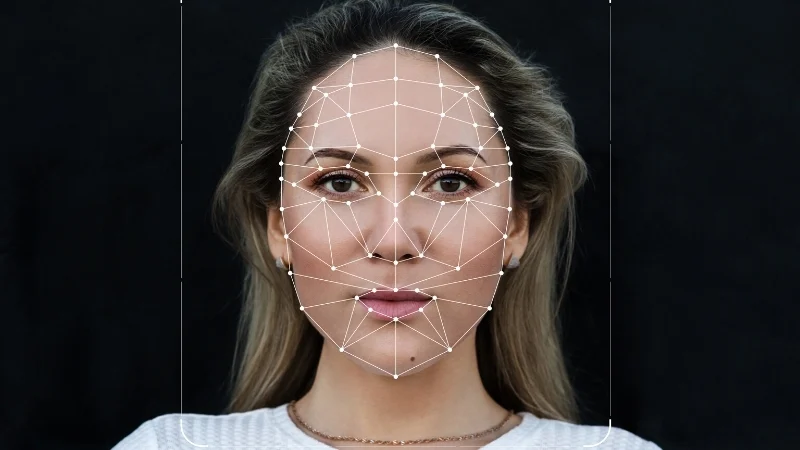Meet The Synthetic Videos: The AI Twist on Video Marketing

Artificial intelligence (AI) is a hot topic these days, and for good reason. The emergence of synthetic media means that anyone can now create content, and new tools are being developed every day. ChatGPT is one such tool that has revolutionized the internet, and people are beginning to realize the true power of AI. AI video, in particular, is critical as we move toward more interactive forms of communication. It offers numerous opportunities for creative expression and has significant commercial value. In this article, we'll explore synthetic video - as well as its advantages and disadvantages.
What is synthetic video?
Synthetic video refers to any type of video produced using artificial intelligence (AI) technology, without the need for physical equipment like cameras, actors, or audio tools. All that's required is a computer and an idea, and the AI algorithm does the rest, using its magic to generate the video.
There are various forms of AI videos, including those created from text, videos featuring lifelike AI presenters, deepfakes that impersonate people, and videos generated from still images (often portraits) that are brought to life by AI. The common thread among all of them is that they are created entirely in the digital realm, which makes them highly accessible, scalable, and unprecedented.
This fundamental difference sets AI videos apart from traditional videos, and it has significant implications for how we create and consume content. We'll delve deeper into these implications later, but first, let's compare traditional videos to synthetic videos.
Video Production: Synthetic vs. Traditional
When it comes to video production, there's a new kid on the block - synthetic video. But what sets it apart from traditional video production methods? And what implications does this have for Hollywood and the job market?
Let's start with the basics. Unlike traditional video production, synthetic video production is highly accessible. The cost of producing a one-minute video using traditional methods can range from $1,500 to $10,000, while an average AI video generator charges just $30 for 10 minutes of video content. This cost differential is significant, but it's not the only benefit of using AI to produce videos.
For one thing, AI-generated videos are easy to update, can be made on the fly, and can be easily localized and adapted to different audiences. What's more, they can be created by a single individual and require no video editing skills.
So, what does this mean for Hollywood? Will people lose their jobs? These are valid questions, but it's important to note that synthetic video production is not a replacement for traditional methods. There will still be a demand for traditional video production, especially for high-budget projects that require professional actors, sets, and specialized equipment.
However, the rise of synthetic video production does mean that there will be new opportunities for content creators and filmmakers to experiment with different forms of video production. As the technology continues to improve, we may see more hybrid forms of video production that combine traditional and synthetic methods.
In summary, synthetic video production offers a cost-effective and accessible alternative to traditional video production methods, with unique benefits such as easy updates, on-the-fly creation, and localization. While it's not a replacement for traditional video production, it does offer new opportunities for content creators and filmmakers to explore innovative ways of producing video content.
Advantages and disadvantages of Synthetic Videos
Advantages of synthetic video:
- Scalability: It can be produced in large quantities without sacrificing quality.
- Accessibility: It allows individuals and companies to create high-quality videos without needing expensive equipment or specialized skills.
- Personalization: Multiple versions of personalized synthetic videos can be made.
- Democratization: It allows a great number of people to produce professional-quality videos.
Disadvantages of synthetic video:
- Impersonation: It can be used for impersonation, as deepfake technology becomes more and more accessible.
- Misinformation and manipulation: It can be used to spread misinformation and manipulation, as synthetic media is not tightly regulated.
- Trust in media: It can undermine trust in media, as it becomes increasingly difficult to determine what is real and what is not.
Synthetic video technology holds immense potential for creative and business opportunities in the future.
Here's what we can expect as synthetic video technology evolves faster than ever before:
- More expressive talking-head avatars
- Full-body avatars
- New, interactive forms of video content
- New distribution channels

